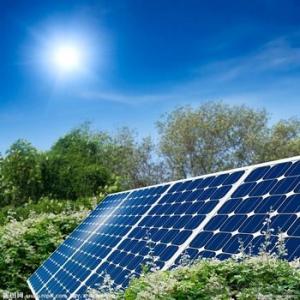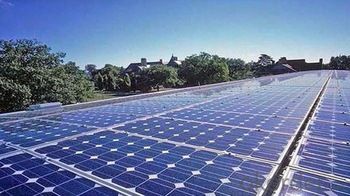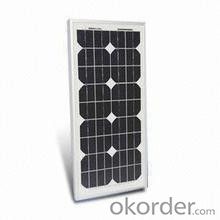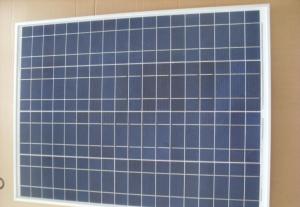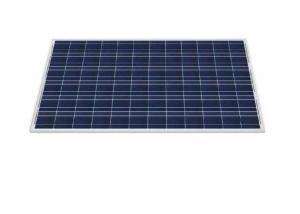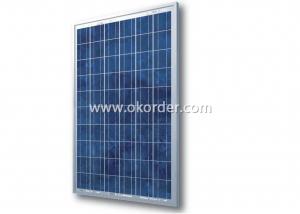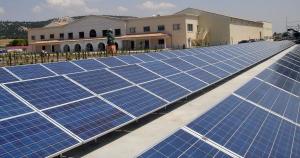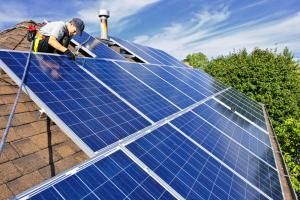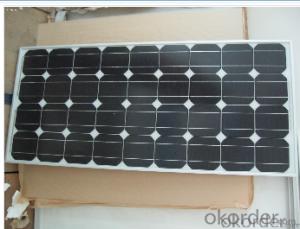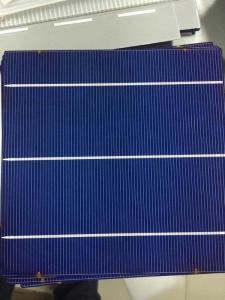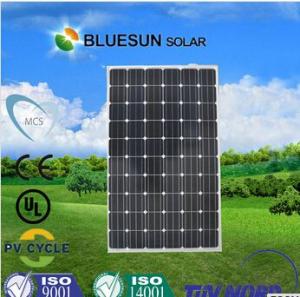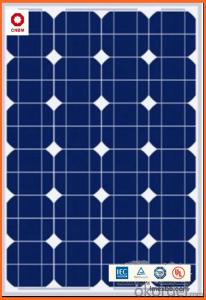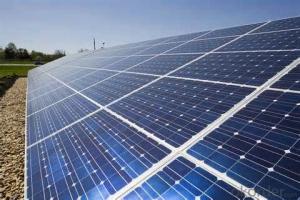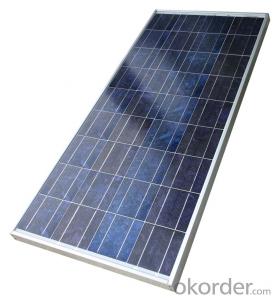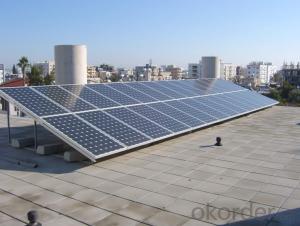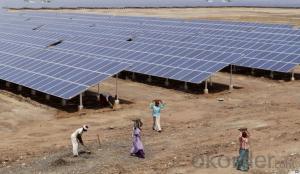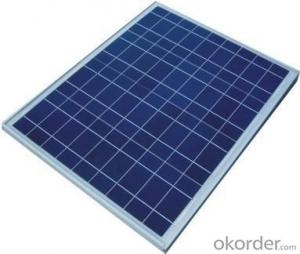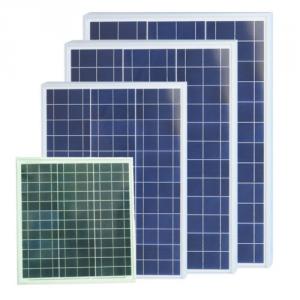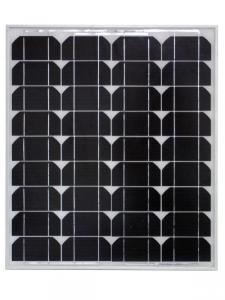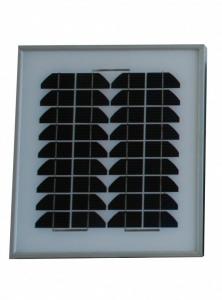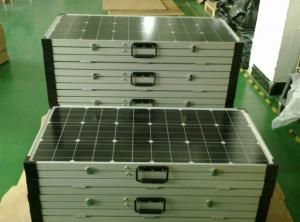255w PV Polycrystalline Solar Panels on Metal Roofs 12v & 24v
- Loading Port:
- Shanghai
- Payment Terms:
- TT OR LC
- Min Order Qty:
- 50000 watt
- Supply Capability:
- 10000000 watt/month
OKorder Service Pledge
OKorder Financial Service
You Might Also Like
Specification
Specifications
250W poly pv solar panel solar module
We are manufacturer,can do OEM.
Certified to TUV,CE,ISO9001
Warranty:7 years
ITEM NO | MS-P250(60) |
Type of cell | Poly |
Maximum power (Wp) | 250W |
Maximum power voltage (V) | 30V |
Maximum power current (A) | 8.33A |
Open circuit voltage (V) | 36V |
Short circuit current (A) | 8.96A |
Number of cells (Pcs) | 60 |
Size of module (mm) | 1640*990*40mm |
Maximum system voltage (V) | 1000 |
Temperature coefficients of Isc (%) | + 0.1/ °C |
Temperature coefficients of Voc (%) | -0.38/ °C |
Temperature coefficients of Pm (%) | -0.47/ °C |
Tolerance Wattage (e.g. +/-3%) | +/-3% |
Surface Maximum Load Capacity | 60m/s(200kg/sq.m) |
Weight per piece (kg) | 18.5kg |
Junction Box Type | ( TUV ) |
Connectors and Cables Type | (TUV) |
Length of Cables (mm) | 900mm |
Cell Efficiency (%) | ≥15.5% |
Output tolerance (%) | +/-3% |
Frame (Material, Corners, etc.) | Aluminum |
Warranty | 7Years products warranty and 25 years 80% of power |
Standard Test Conditions | AM1.5 100mW/cm2 25°C |
FF (%) | 72% |
Products Details show:
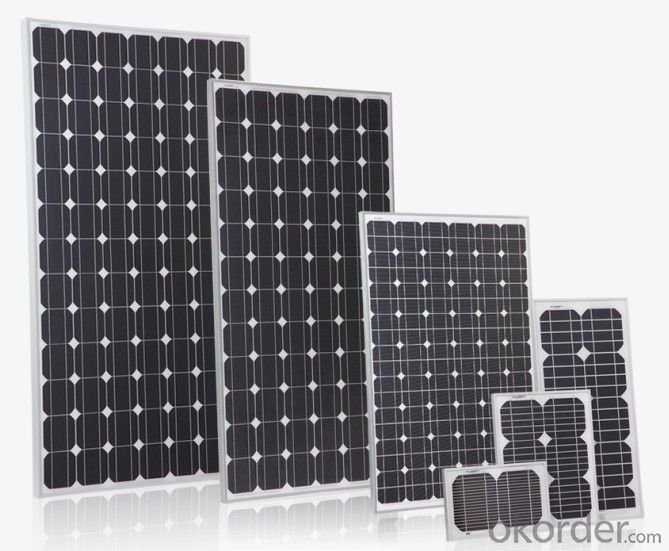
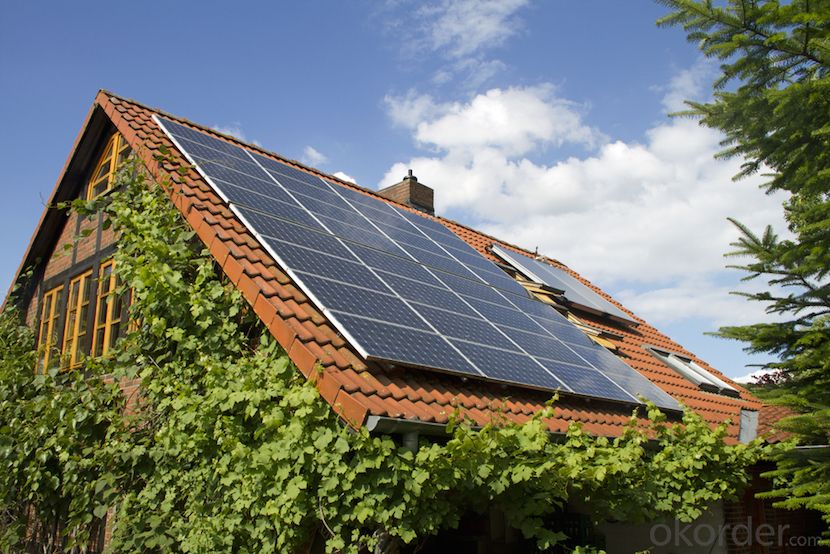
Limited Warranty:
7years limited warranty on material and workmanship
25 years limited warrranty of 80% power output
(For detailed please refere to Limited Warranty Certificatd issued by our company) The speicification please find contact us at any time!
Payment Terms
Payment Terms | T/T | EXW | 30% T/T in advance, paid the balance before shipment |
FOB | |||
CFR(C&F) | 30% T/T in advance, paid the balance against copy of B/L | ||
CIF | |||
L/C | L/C amount above 50,000 usd, we can accept L/C at sight | ||
West Union | Amount lower than 5000usd | ||
Paypal | |||
Delivery time | 7~10days after receiving payment for one container | ||
FAQ
Q 1. what's the payment term?
A. We accept TT,30% deposit and 70% balance agaisnt copy of BL
Q 2. how's the delivery time ?
A. usually it will take about 25 days for production
Q 3. tell me the standard of package?
A. For the small capacity, it use carton, but for big capacity, we will use strong wooden case for protection
Q 4. what kind of material of transformer?
A. we have two types, one 100% copper and the other is copper with aluminum.It depends on your requirment. In fact,those two have no difference if normal work well. Only except the longlife. Copper is better and also higer price.
Q 5.Could you offer Form A or C/O ?
A. It totally not a problem. We can prepare relative documents to forgin affairs office or other office to apply for this certificate.
Q 6.Would you accept to use our logo ?
A.If you have good quantity,it absolute no problem to do OEM.
Q 7.We want to know month capacity.
A. It depends on which model.For example for relay type small capacity , month capacity can reach near 20000pcs and big capacity near 3000pcs.
Q 8.Where is your market?
A. Our products are popular in russia, indonisia, Philippines,italy, america, pakistan and so on.Some
of them are our regular customers and some of them are developing. We hope you can join us and make mutural benifit from our cooperation.
- Q: Hello Yahoo, I am doing another one of my wacky inventions however I need something that will give me 2V of power!I don't want to connect loads of AA batteries into a battery holder as this shall run out quickly and become expensive in the long run, I don't want to carry around a big car battery either.I have been searching around on OKorder .uk and found some Solar-Powered 2V Trickle Chargers. These say they shall work on cloudy days (which is perfect as the majority of the time that is all we get!) but could I use it as an independent power source?If I attached the thing I want to run to the solar panel will it supply it with 2V of power?
- As reported, solar panels for vehicle battery's are no longer that solid merely yet. The technological be attentive to-how is improving in any respect cases even nonetheless so which you under no circumstances be attentive to faster or later. there are multiple different varieties of solar panels which would be offered nonetheless which you would be able to cost and run somewhat somewhat some kit. The panels which could be outstanding on the flow might desire to be flex-geared up ones and for domicile, i could get some roof put in panels (if which you would be able to attend to to pay for it, get making plans permission and function the suitable angles without a blockages from timber!)
- Q: Can solar panels be used for powering Wi-Fi networks?
- Yes, solar panels can be used to power Wi-Fi networks. Solar panels generate electricity from sunlight, which can be used to power various devices, including Wi-Fi routers. This allows for the establishment of Wi-Fi networks in remote or off-grid locations where traditional power sources are either unavailable or unreliable. Additionally, solar-powered Wi-Fi networks are environmentally friendly and sustainable, as they utilize renewable energy sources.
- Q: How do solar panels affect the resale value of a home?
- Solar panels can have a positive impact on the resale value of a home. Studies have shown that homes equipped with solar panels tend to sell faster and at a higher price compared to those without. This is mainly because solar panels offer potential buyers the benefit of reduced energy costs and a more sustainable lifestyle. Additionally, the presence of solar panels can enhance the overall appeal and desirability of a property in today's environmentally conscious market.
- Q: Can solar panels be installed on a greenhouse?
- Yes, solar panels can be installed on a greenhouse. In fact, it is a common practice to install solar panels on greenhouses to harness the sunlight for both electricity generation and to provide supplemental lighting for the plants inside. This not only helps in reducing energy costs but also promotes sustainable and eco-friendly practices in agriculture.
- Q: My electric bill per month averages 800 kWh per month. I am looking at 65W solar panels. How many panels would I need to make my bill come to zero? I realize I also need an inverter to convert dc to ac.
- It depends very much on where you live. If you live in Nevada, Arizona or California solar panels might be a good idea. If you live in Canada don?t expect to get your bill to zero... 800 kwh/month means an average consumption rate of about 2500 watts. 6 panels would cover that. But your energy consumption isn?t cosntant and nor is your energy production from the solarpanels. If you go off to work during the day when your panels produce the most then you probably produce excess electricity. Check with your utility if it is possible for you to sell off that electricity by putting it on the grid. Then you buy back electricity when you?re watching tv and surf the web at night. You loose money and electricity like this (or by using batteries as suggested above) so I would underdimension my solarpanel capacity. It makes sense if it is cheaper to just buy electricity at night. The retailer and the manufacturer should have charts showing how much their 65 watt panels really produce at different times of the day and the year for your location. Oh, and I?m sure there are ways in which you could reduce your electricity consumption. Smart lights, energy efficient lights are easy ways.
- Q: Can solar panels work in the shade?
- Why pay thousands of dollars for solar energy ($27,000 average cost) when you can build your own solar panel system for just a fraction of the retail cost. You can build a single solar panel or you can build an entire array of panels to power your whole house. Some people are saving 50% on their power bill, some people are reducing their bill to nothing. But what’s most impressive is that just by following these instructions some are even making the power company pay them!
- Q: How do solar panels affect the overall carbon footprint of a building?
- Solar panels can significantly reduce the overall carbon footprint of a building. By harnessing clean and renewable energy from the sun, solar panels eliminate or greatly reduce the need for traditional fossil fuel-based electricity generation. This means lower emissions of greenhouse gases like carbon dioxide, which are major contributors to climate change. The use of solar panels helps to transition buildings towards a more sustainable and eco-friendly energy source, effectively reducing their carbon footprint.
- Q: My solar panel is 24long..It is set at 45deg..the arms are 8quot;long to achieve that angle for winter. I need to get to 7deg for summer..how long will the new arms need to be?..in layman's terms please...thx
- You did not give the details of how the legs are attached to the panel. I did some calculations on my right triangle analysis application. Based on an assumption that the legs are vertical and attached to the bottom of the panel top, i calculated the legs must be 6.97 inches long. This compares favorably with the 8 inches you quoted. t If my assumption is true, the leg length for a 7 degree angle is 2.925 inches. The configuration, if my assumption is correct, will be a right triangle. The hypotenuse (longest leg of the triangle) is the panel length and the vertical legs are the supports. If my assumption is incorrect, edit your question to detail the support /panel configuration. TexMav
- Q: Can solar panels be installed on a deck or patio?
- Yes, solar panels can be installed on a deck or patio. In fact, these areas can often be ideal locations for solar panel installations as they are typically unobstructed by shade and have ample sunlight exposure. Additionally, installing solar panels on a deck or patio can help maximize the use of available space and may provide an aesthetically pleasing solution for homeowners. However, it is important to consult with a professional to determine the feasibility and structural integrity of the deck or patio for supporting the weight of the panels.
- Q: I wanna get a solar panel to charge or 2 car batteries. Then connect the battery to a 800watt power inverter so that I can power a tv. Will the 8watt solar panel charge my batteries and around in how long?I just wanna use the panel to charge the batteries, no to use the panel directly with my electronics. Thanks for your answer and help me with that.
- How about wind power? Check out this site, you can build one for under two hundred and get free batteries.
Send your message to us
255w PV Polycrystalline Solar Panels on Metal Roofs 12v & 24v
- Loading Port:
- Shanghai
- Payment Terms:
- TT OR LC
- Min Order Qty:
- 50000 watt
- Supply Capability:
- 10000000 watt/month
OKorder Service Pledge
OKorder Financial Service
Similar products
Hot products
Hot Searches
Related keywords
